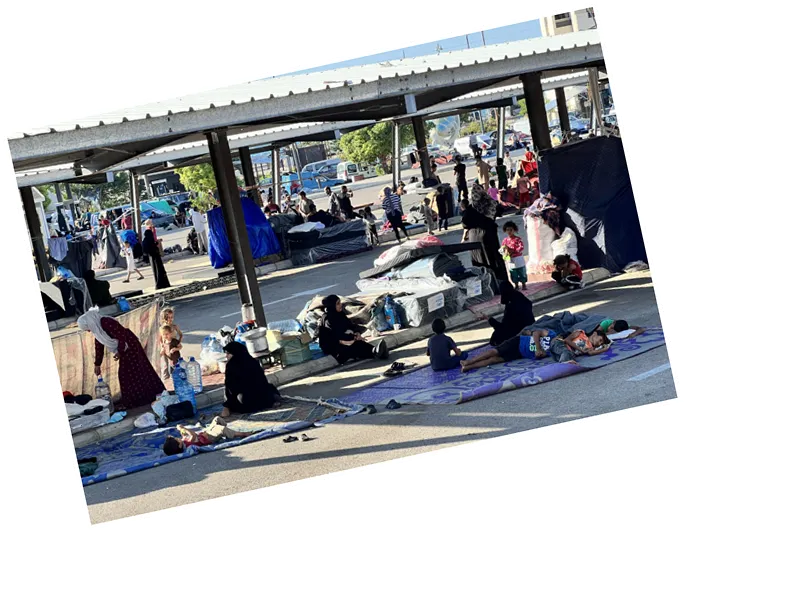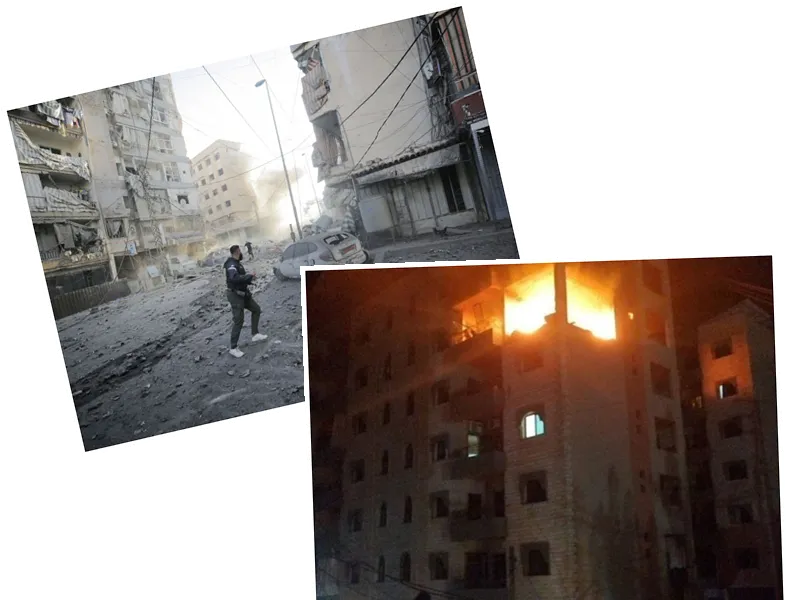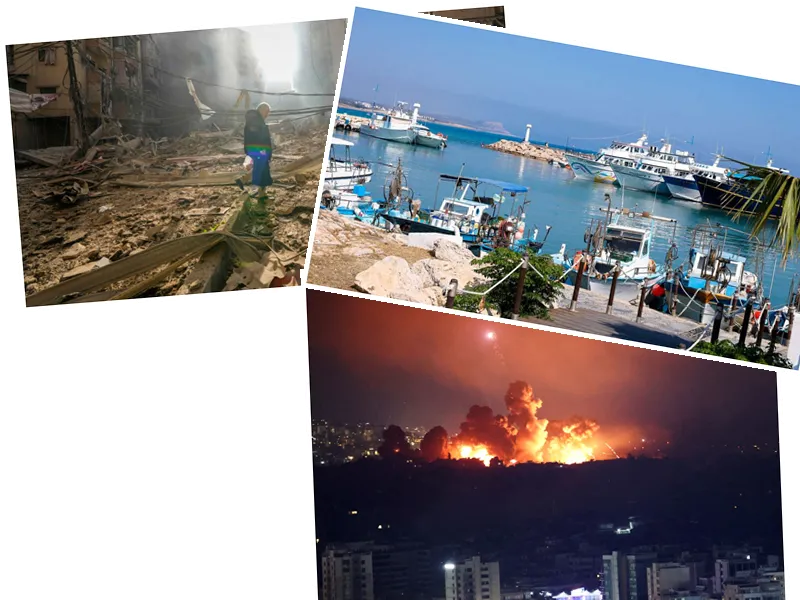Lebanese Refugee Crisis Exceeds State Capabilities
The ongoing conflict in southern Lebanon has led to a staggering humanitarian crisis, as the number of displaced persons has surged to 1.2 million, overwhelming the country's ability to respond. Families like Umm Khalil's are living in makeshift shelters, relying on sporadic aid for basic necessities such as food, water, and bedding. Many displaced individuals have fled their homes with nothing but the clothes on their backs, facing dire conditions without adequate shelter.
Umm Khalil, who shares a small plot of land with her neighbor, describes the unbearable situation, stating, "We are five people sharing one rug, and we cover ourselves with one blanket. We don’t even have a tent to shelter us." This sentiment echoes across the crowded temporary shelters that have sprung up in public spaces like Al-Najma Square, where families are crammed together in desperate need of assistance.
As the conflict escalates, the Lebanese government's Disaster Management Unit reports that 172,000 displaced persons are currently registered in shelters, while the total number of shelters has reached 874. However, the sheer volume of those affected far exceeds available resources. Nasser Yassin, coordinator of the emergency committee, warns that the crisis could spiral into a catastrophe impacting not only Lebanon but also neighboring countries and Europe, which may face an influx of refugees.
The humanitarian needs are vast, with calls for urgent support to secure basic supplies and health services. Civil society organizations and NGOs are stepping in to help fill the gaps, but their resources are stretched thin. Dr. Dhafer Al-Khatib from the Nashet Cultural and Social Association highlights the ongoing efforts to provide hot meals and psychological support to displaced families. However, with winter approaching, the challenges of overcrowding and insufficient supplies loom large, threatening the well-being of those affected.






